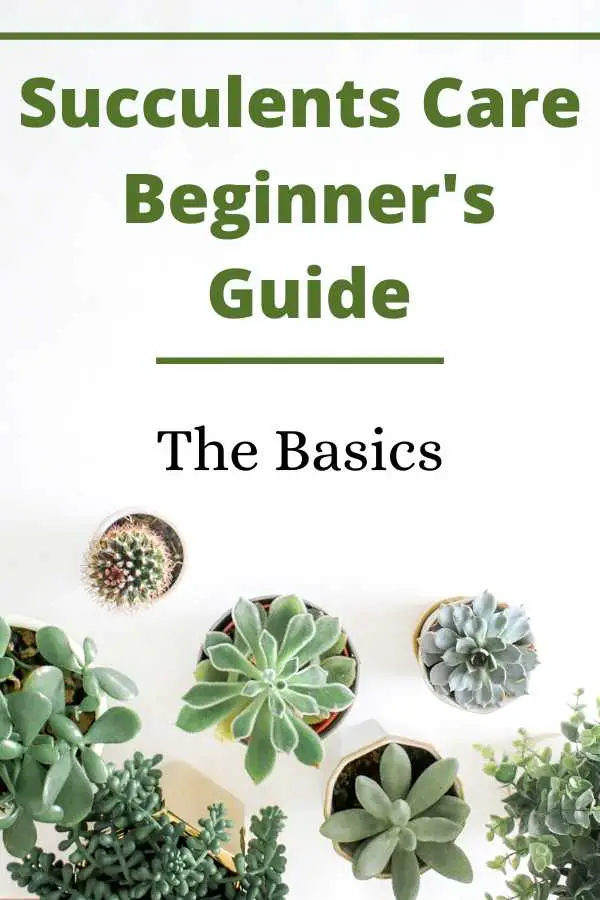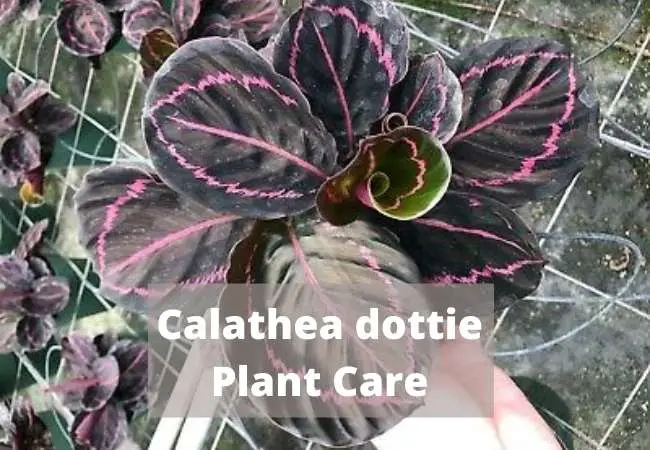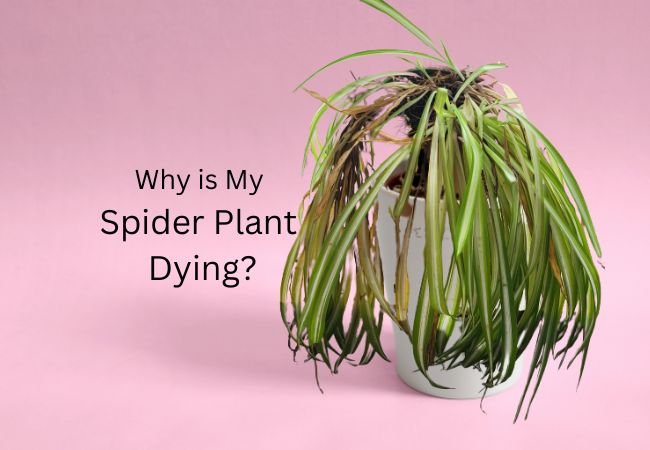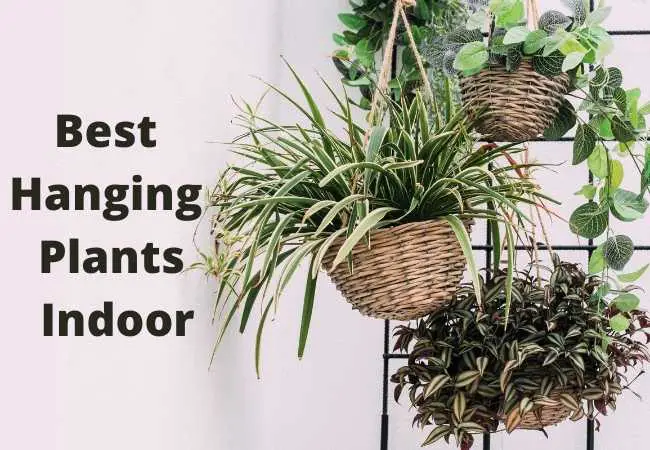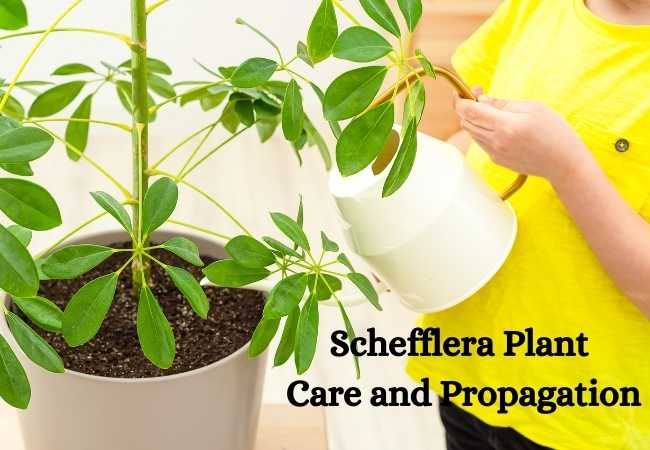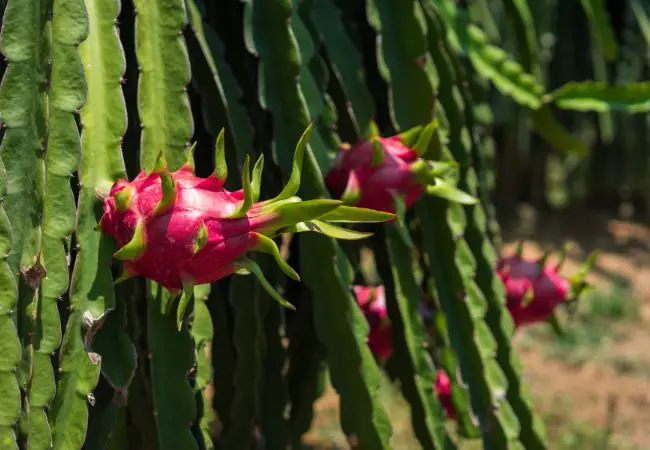Succulent Care For beginners
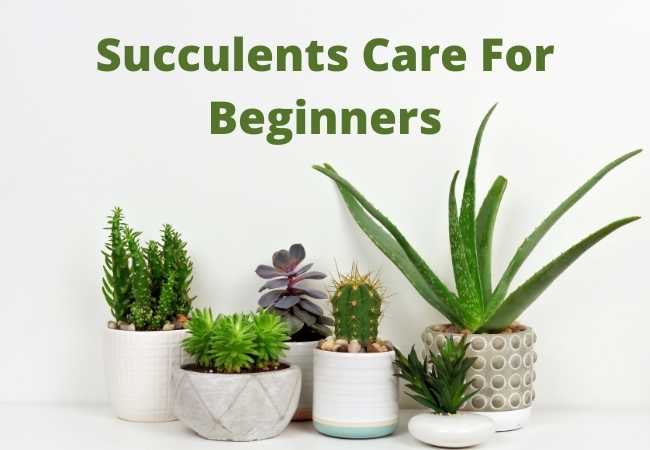
Succulent care for beginners that will help you grow healthy and beautiful succulents. There are a lot of ideas, tips and tricks when it comes to growing plants. However, as a beginner you need the basics to help you get started properly.
Succulent Care For Beginners
Growing succulents doesn’t have to be complicated. If you get the basics right, you can achieve success easily. You will also have a great foundation to experiment and try out new things as you gain more experience.
I love succulents because you grow them individually or include them in beautiful succulent arrangements and terrariums.
Right Container
The first tip is to choose a container with drainage holes. Basically any container with a hole in the bottom, that way water can escape and not pool, causing your plants to rot.
Succulent Soil Mix
An additional tip is to use soil that is specifically designed for cacti and succulents. A lighter, faster draining soil with more aeration is preferred. You should not use regular potting soil because it’s too heavy and holds too much moisture.
Start With Healthy Plants
The third tip is to choose a healthy succulent! Starting with a really healthy plant is better than one you aren’t so sure about.
Choose a plant that appears aesthetically pleasing and has a nice colour and shape, that is not infested by insects, and also does not have dead or dying foliage or soggy foliage.
Planting
Follow the proper planting procedure to get the best results. At the bottom of your container, sprinkle a little bit of your succulent or cactus soil, and then spread some of it around the sides. If you have a large container, add a layer of the succulent mix at the bottom.
Carefully remove the succulent plant from its original nursery pot and place it inside the new pot. Next, you need to add additional soil around the root ball. Make sure that the root ball is firmly packed in.
Leaving a little space between the soil surface and the top of the pot is a good idea. When you’re watering, you won’t have a mess to clean up.
Watering
You should water until a little water is starting to run out of the bottom of the pot. On the other hand, you do not want any excess water to collect in the saucer. If you have any extra, it’s advisable to pour it out.
The best approach is to water the soil only when it needs it.The frequency can vary depending on the season and the weather.
If your plant’s leaves start to pucker, that’s a good sign. However, if the leaves become soggy and transparent, that could mean that excessive water is being retained in the soil. You just want to check on your succulents often to see if they need water.
Lighting
You should provide your succulent plants with at least four to six hours of morning light every day. During summertime, you need to protect the succulents from the scorching afternoon heat, because some of the varieties can get sunburnt easily.
But in winter, on the other hand, you may need more light during the shorter days and when the light is less intense.
Fertilizing
Fertilizing is necessary for succulents because all plants, including succulents, require food. I recommend you research what variety of succulents you have so that you know how often to fertilize them.
A succulent fertilizer should be applied once a month. Follow the instructions on the fertilizer. For some, you will mix them in water and mix well and it is ready to be applied.
If you fertilize your plants through this method, you do not need to water extra; just do what you normally would.
Pests
Succulents get attacked by common pests. It’s advisable to keep your eyes out for pests. If you see anything going on, make sure to address it right away. If you are a complete beginner or are not aware of what you’re dealing with, you can seek help.
You can take a picture of the pest and ask your local Garden Center what it is and how to get rid of it.
I do not suggest spraying insecticide on succulents because they do not like it. The most common insects that attack succulents are Mealy Bugs. They look like little bugs covered in cotton. If you identify them early, you can control them with neem oil.
Grooming
Grooming your succulent plants.is important. It is significant in helping keep away pests and diseases. Almost all succulents produce dead and decaying foliage as they grow.
Grooming succulents also helps them remain healthier and thrive. Not only does it promote air circulation, it also helps them look nice.
Although it’s not very common with succulents compared to other houseplants, you might need to clean the leaves. If you’re growing the succulents in an area where dust collects on the leaves, you will need to clean it off.
Temperature
Most Succulents, especially the desert growing cactus are drought tolerant. However, the majority of succulents are not cold tolerant. If you live in a region that gets really cold during winter, you’ll want to bring them inside before the first frost hits.
Related Posts:
Final Thoughts
Succulents are some of the easiest plants to grow both indoor and outdoor. I certainly recommend them for beginner plant owners.
Don’t feel discouraged with all the things you have to learn at first. As you get used to it, they are almost automatic. As you gain more experience, you will also learn to identify the problems early before they become full-blown.
I hope this post on succulent care for beginners motivated you to start growing some of your own. Please share it and also follow me on Multigardening Pinterest for more tips on growing plants and flowers.
